
Acupuncture is a method of alternative medicine that uses very small needles at specific points on the patient's body, to treat various health disturbances. These points are known under the name “acupuncture points", and the practitioners claim these points lie along Meridians, which are the channels guiding the flow of qi. In traditional Chinese culture, qi is an active principle of all living things. Qi is usually translated as the vital energy, or energy flow. In acupuncture, and similar traditional Chinese medical techniques, beneficial effects are achieved by manipulation of Meridian points and balancing the energy flowing through these energy channels.
Theory behind the acupuncture
There is no anatomical or histological evidence for the existence of acupuncture points or Meridians; however, acupuncture has some evident beneficial effects. Even the researchers at the University College London and Southampton University said they have a solid evidence that acupuncture is more than just a placebo effect. The main concept behind the acupuncture is that various physiological and emotional conditions result from blockages or disruptions of energy flow along the Meridians. Acupuncture practitioners teach that stimulating these points along the Meridians corrects the malfunctions and opens a pathway for undisturbed energy flow.
Acupuncture points
There are about 400 acupuncture points and 20 Meridians connecting most of the points. However, many other points are also recognized, but they are not associated with a particular Meridian. Some acupuncture points have more therapeutic value than others, and they are used very frequently in the treatment. The definition of acupuncture points remains highly controversial but scientific researches indicate they could be anatomically associated with facial planes of connective tissue between the muscles, or areas of low electrical impedance. These points are usually located using the measurement unit known as the cun. The cun is the width of a person's thumb at the knuckle; whereas the width of the two forefingers denotes 1.5 cuns and the width of all fingers side-by-side is three cuns. Location of the acupuncture points is determined according to their proportional distance from various landmarks on the body.
Another way to determine the exact location of acupuncture point is to feel the tenderness or subtle differences in temperature on the skin surface.
Non-meridian points, which are not located on the Meridians, can also be stimulated by the needles to produce beneficial health effects. These points are known as “extra points”. Practitioners often stimulate thousands of points on the surface of the external ear, in auriculotherapy. This practice is based on the idea that the ear is a micro system which has the entire body represented on the outer portion of the ear.


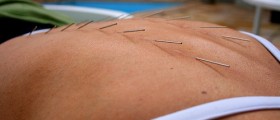
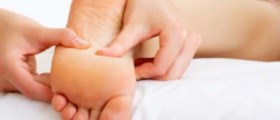
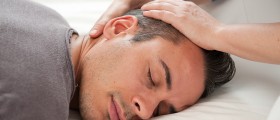
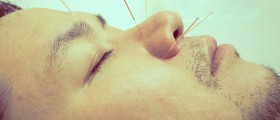
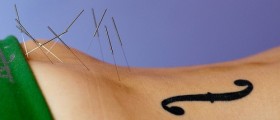

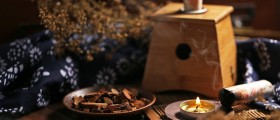
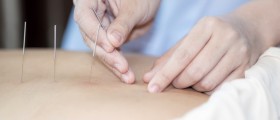
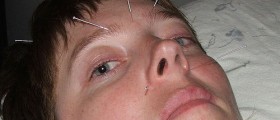
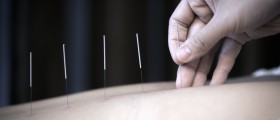

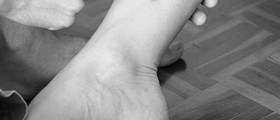
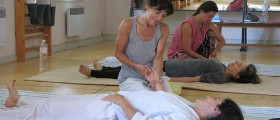
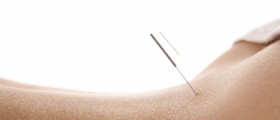

Your thoughts on this
Loading...